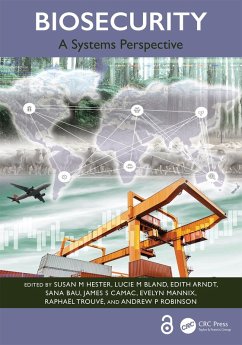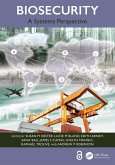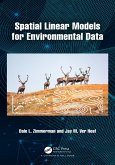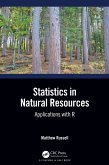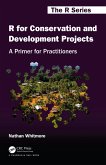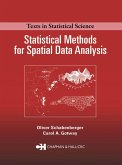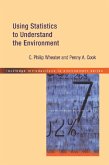- This book uses a broad definition of biosecurity, rather than solely focusing on plant health, animal health, security, or one step of the biosecurity system (e.g. surveillance). As such, this book is a one-stop shop for readers interested in all aspects of biosecurity.
- The content and language are accessible to a wide range of audiences, including generalist scientists, biosecurity practitioners, and graduate students. More complex content is introduced in standalone boxes or chapters.
- The book follows a clear, simple structure within and among chapters (i.e. following the structure of the biosecurity system), making it a preferred option for graduate students.
- This book introduces novel cross-cutting themes, such as the importance of economic efficiency and institutional and social factors, going beyond the traditional science-based approach to biosecurity.
- Written in partnership with government agency practitioners, this book uses on-the-ground case studies to demonstrate how biosecurity principles are applied in practice.
- The book addresses challenges common to regulators in general, namely efficient regulation in uncertain and rapidly changing environments with multiple stakeholders who have-at times-conflicting priorities.
Chapters 6, 7, 8, 9 and 14 of this book are freely available as a downloadable Open Access PDF at http://www.taylorfrancis.com under a Creative Commons [Attribution-Non Commercial-No Derivatives (CC-BY-NC-ND)] 4.0 license.
Dieser Download kann aus rechtlichen Gründen nur mit Rechnungsadresse in A, B, BG, CY, CZ, D, DK, EW, E, FIN, F, GR, HR, H, IRL, I, LT, L, LR, M, NL, PL, P, R, S, SLO, SK ausgeliefert werden.

